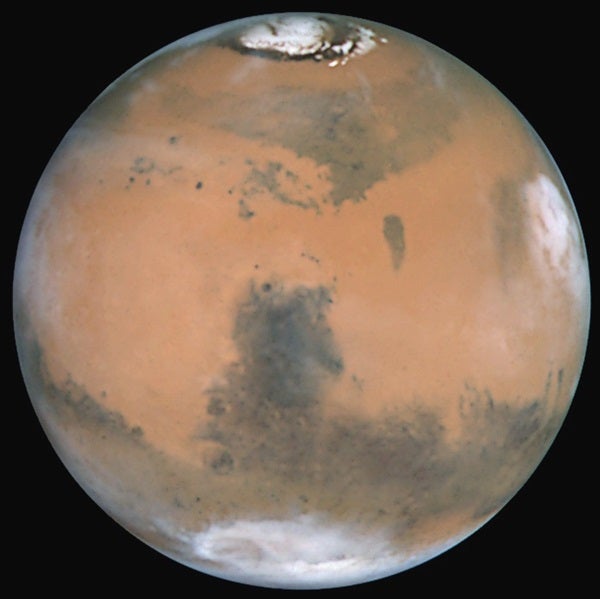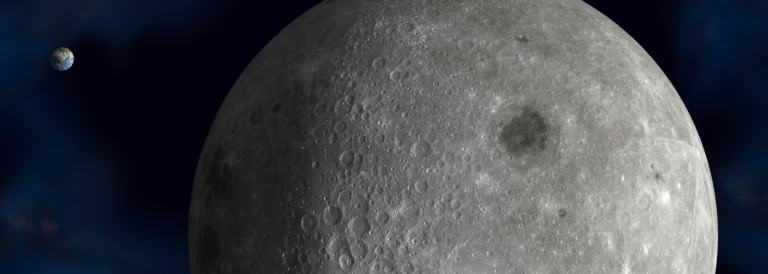Like Earth, Mars has an axial tilt (25° for Mars, 23.5° for Earth) that gives the planet seasons. Its polar caps are composed of both water ice and carbon dioxide ice. During the northern or southern summer, the carbon dioxide ice in that polar cap vaporizes (sublimates) into the atmosphere and the polar cap shrinks, revealing the surface beneath. In the winter, the ice is redeposited and the caps grow again. Some of this sublimated carbon dioxide is also redistributed in the atmosphere toward the equator, and then deposited on the surface when the atmosphere cools or the pressure decreases, leaving a covering of frost in the mid- to high latitudes, and at high elevations at low latitudes. This frost can lead to changes in color and brightness, and will sublimate again as spring and summer return.
Sublimation of carbon dioxide frost can also trigger small-scale events such as dust avalanches and debris flows on steep slopes, which have now been observed in real time. Another cause of these changes is global dust storms, which occur every few years and are triggered by seasonal changes in temperature and pressure of the atmosphere.
Dan Berman
Research Scientist,
Planetary Science Institute, Tucson, Arizona










